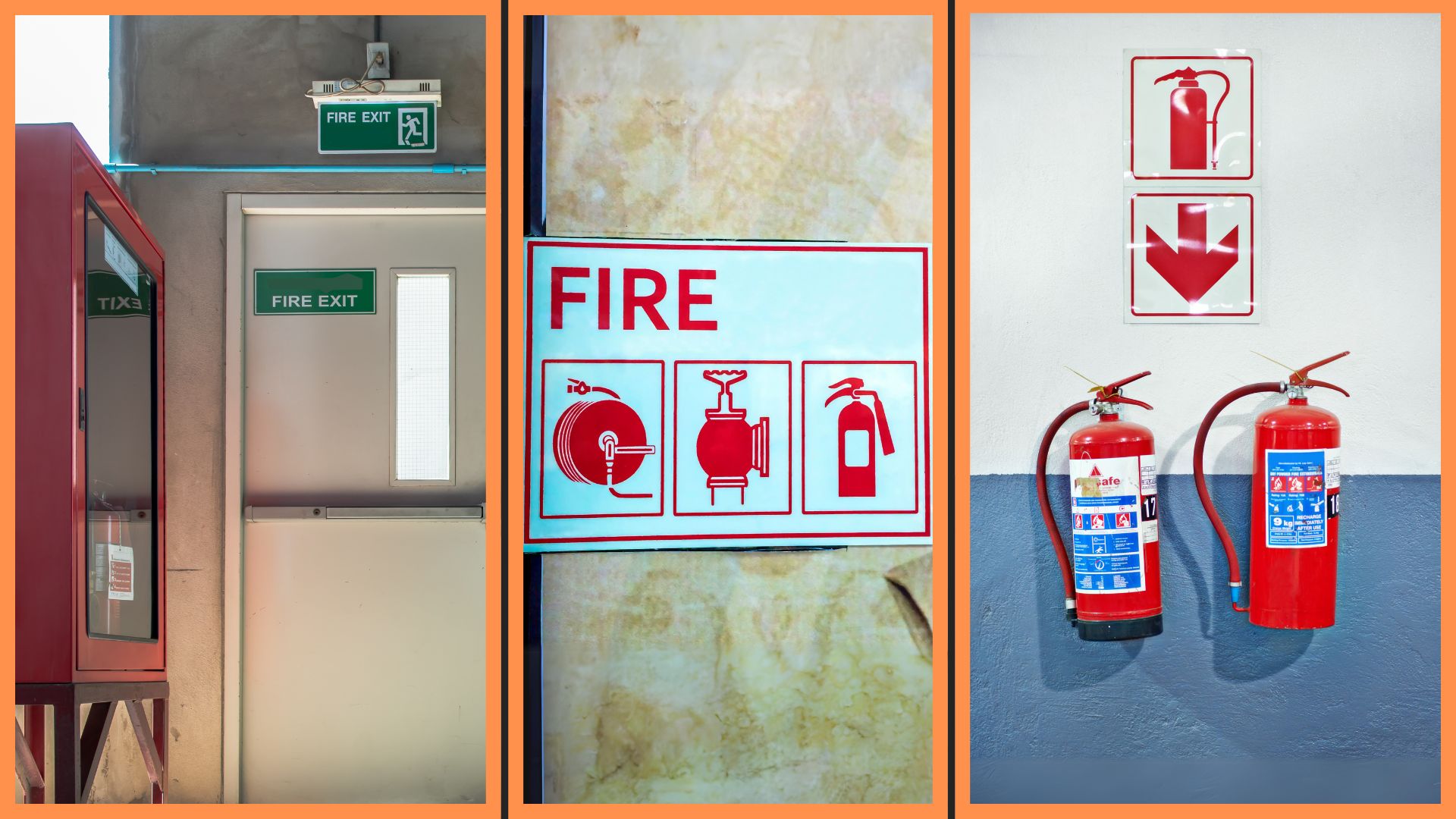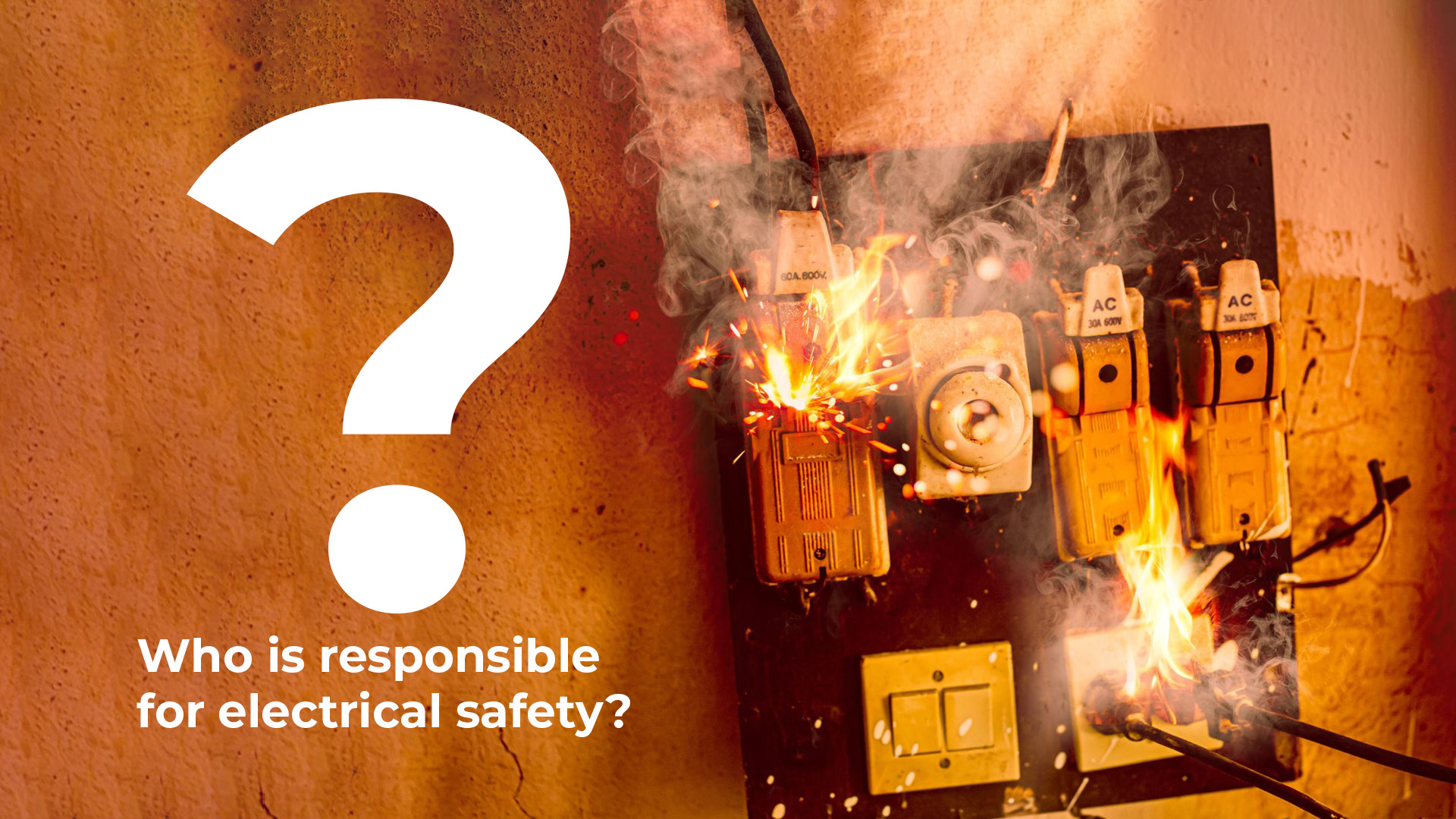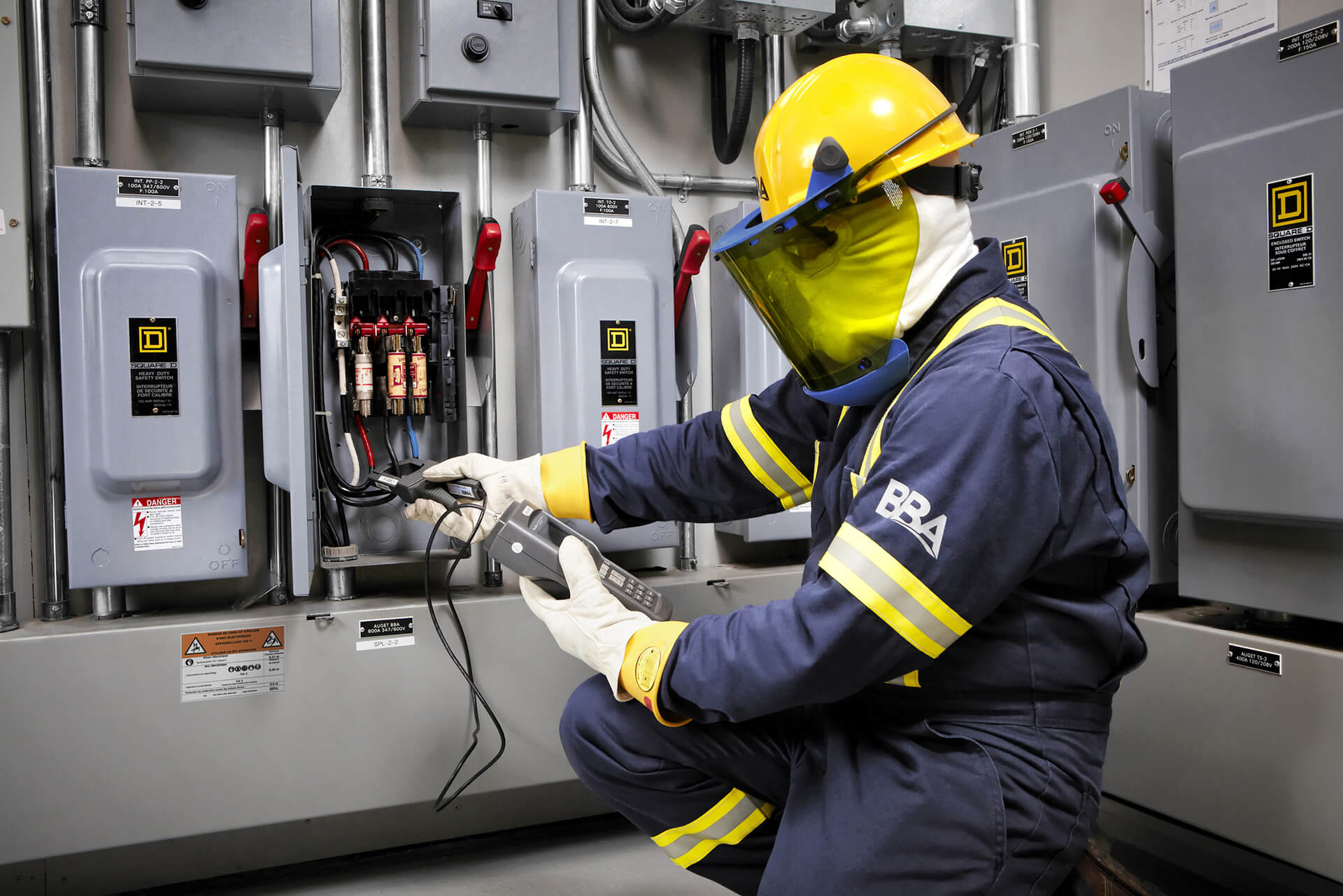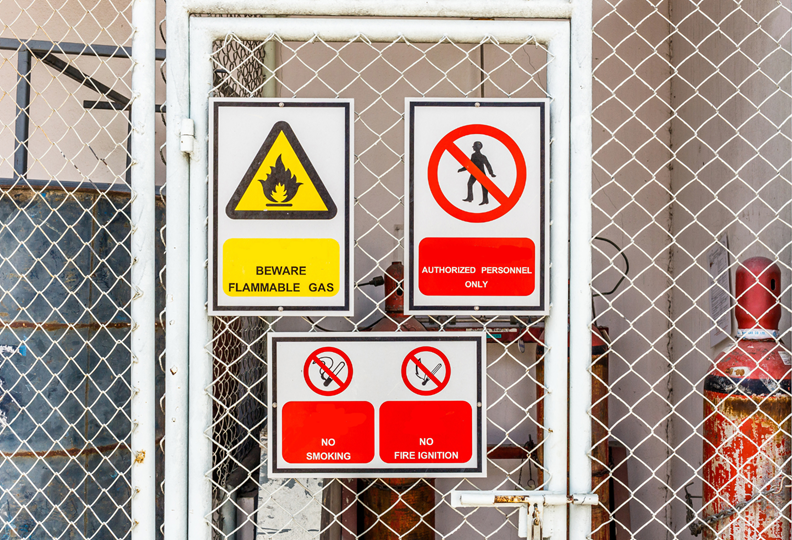Fire safety signs are crucial elements in any environment where fire hazards exist. These signs serve as vital communication tools, conveying essential information about emergency procedures, fire exits, firefighting equipment, and hazardous areas. Understanding these signs is not only important for compliance with safety regulations but also for ensuring the safety and well-being of individuals in case of a fire emergency.
In this article, we will explore the different types of fire safety signs, their meanings, and why they are essential for maintaining a safe environment.
Types of Fire Safety Signs
Fire safety signs can be categorized into various types based on their purpose and the information they convey. Here are some of the most common types:
- Fire Exit Signs: These signs indicate the direction and location of the nearest fire exit. They are typically green with white lettering and symbols, and they often feature an arrow pointing towards the exit. Fire exit signs are crucial for guiding people to safety during an emergency evacuation.
- Fire Assembly Point Signs: These signs designate a specific area outside the building where individuals should gather after evacuating during a fire. They are usually located a safe distance away from the building and are marked with the words “Fire Assembly Point” or “Assembly Area.”
- Fire Alarm Signs: Fire alarm signs indicate the location of fire alarm pull stations or fire alarm control panels. They help people quickly locate these devices so they can activate the alarm system in case of a fire emergency.
- Fire Extinguisher Signs: These signs identify the location of fire extinguishers and provide instructions on how to operate them. They typically feature a picture or illustration of a fire extinguisher along with text indicating the types of fires for which the extinguisher is suitable.
- Fire Hose Reel Signs: Similar to fire extinguisher signs, fire hose reel signs indicate the location of fire hose reels and provide instructions on how to use them. These signs are essential for ensuring that individuals can quickly access firefighting equipment when needed.
- Fire Door Signs: Fire door signs indicate doors that are designed to resist the spread of fire and smoke. They often feature the words “Fire Door Keep Closed” or “Fire Door Keep Clear” to remind people not to obstruct or prop open these doors, which could compromise their effectiveness in a fire emergency.
- Fire Action Signs: Fire action signs provide instructions on what to do in the event of a fire. They typically outline the steps individuals should take, such as raising the alarm, evacuating the building, and contacting emergency services.
Understanding Fire Safety Signs
While fire safety signs may seem straightforward, understanding their meanings and following their instructions is crucial for ensuring personal safety during a fire emergency. Here’s what some of the most common fire safety signs mean:
Green Signs: Green signs are generally used to indicate escape routes, such as fire exit signs and fire assembly point signs. These signs are designed to stand out and be easily visible, even in low-light conditions. Following green signs can lead individuals to safety during an evacuation
Red Signs: Red signs are often used to indicate the location of firefighting equipment, such as fire extinguishers and fire hose reels. They may also indicate fire alarm pull stations or fire alarm control panels. Red signs serve as important markers, helping people locate essential firefighting resources quickly.
Blue Signs: Blue signs are less common in fire safety signage but may be used to convey specific information, such as the location of fire safety equipment or emergency contact information. While not as prevalent as green or red signs, blue signs should still be recognized and understood in the context of fire safety.
White Signs: White signs are typically used to provide instructions or information related to fire safety. For example, fire action signs and fire door signs often feature white backgrounds with black lettering. These signs provide important guidance on what to do in the event of a fire and how to safely navigate the building.
Understanding the colors, symbols, and text used in fire safety signs is essential for everyone, regardless of their role or responsibilities within a building. In an emergency situation, clear communication can mean the difference between life and death, making it imperative that individuals know how to interpret and respond to fire safety signs effectively.
Why Fire Safety Signs Matter
Fire safety signs play a critical role in emergency preparedness and response. Here are several reasons why these signs are essential
- Emergency Preparedness: Fire safety signs help individuals familiarize themselves with emergency procedures and evacuation routes before a fire emergency occurs. This advance preparation can significantly reduce panic and confusion during an evacuation, allowing people to respond quickly and calmly to the situation.
- Guidance and Direction: During a fire emergency, visibility may be reduced due to smoke or power outages. Fire safety signs provide clear guidance and direction, helping individuals navigate to safety even in challenging conditions. Knowing where to find fire exits, firefighting equipment, and assembly points can save valuable time and lives.
- Compliance with Regulations: Fire safety signs are often required by law or regulatory standards to ensure the safety of building occupants. Compliance with these regulations is essential for avoiding fines, penalties, or legal liability in the event of a fire emergency. Regular inspections and maintenance of fire safety signs are necessary to ensure ongoing compliance.
- Accessibility for Everyone: Fire safety signs should be designed to be easily understood by everyone, including individuals with disabilities or language barriers. Symbols, colors, and text should be clear and intuitive, allowing all building occupants to quickly interpret the information provided and take appropriate action.
- Minimizing Risk: By providing clear information about fire hazards, escape routes, and firefighting equipment, fire safety signs help minimize the risk of injury or loss of life in the event of a fire. Prompt evacuation and effective use of firefighting resources can help contain and extinguish fires before they escalate, reducing property damage and injuries.
Conclusion
Fire safety signs are indispensable tools for promoting a safe and secure environment in buildings and facilities. By conveying essential information about emergency procedures, escape routes, and firefighting resources, these signs play a crucial role in emergency preparedness and response.
Understanding the meaning of fire safety signs and knowing how to respond appropriately during a fire emergency is essential for everyone. Whether you’re a building occupant, employee, or visitor, taking the time to familiarize yourself with fire safety signs could save your life or the lives of others. Fire safety is everyone’s responsibility, and fire safety signs are a vital component of effective fire prevention and mitigation strategies. By prioritizing fire safety signage and ensuring compliance with regulatory standards, we can help create safer environments for everyone.
At buysafetyposters.com, we understand the critical importance of fire safety signage in maintaining a secure environment. That’s why we offer a wide range of high-quality fire safety signs and posters designed to meet regulatory standards and effectively communicate essential information. Our products are not only informative but also visually engaging, ensuring that they capture attention and promote awareness. Visit our website www.buysafetyposters.com today to explore our collection and take the next step in enhancing fire safety in your workplace or facility. Remember, when it comes to fire safety, being prepared is the key to saving lives



